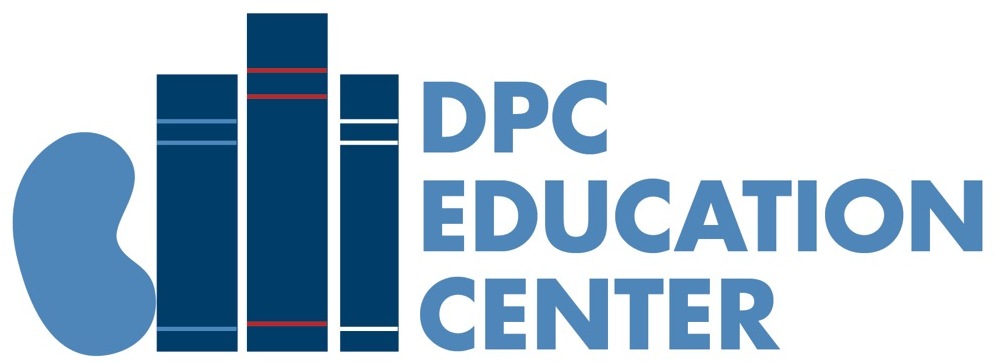Process
With in-center hemodialysis, a patient goes to a dialysis center where a staff of nurses and technicians administer the treatment. During this type of treatment, the blood is removed from the body through an access point (see the options below). The blood is then filtered through an artificial kidney, or dialyzer, and returned back to the body through the access point. The blood is filtered many times during treatment to remove wastes and maintain the body’s chemical balance.
Generally, in-center hemodialysis occurs three days a week for between three to five hours per session. The treatment is done during the day.
As in-center hemodialysis occurs during the day, nocturnal in-center hemodialysis is administered during the night at a dialysis facility. The total process usually lasts for eight hours and is done three nights a week. For this particular treatment, the hemodialysis machine is set at a lower pump speed for better comfort levels for the patient. This type of treatment allows patients to have their days free.
Access Options
There are three types of access points available: a fistula, a graft or a catheter.
A fistula is created through a surgical process that attaches an artery and a vein, usually inside the forearm. After surgery, it normally takes six to eight weeks for the fistula to thicken and mature enough to be ready for dialysis. Fistulas are less likely to form blood clots or become infected and have been found to last longer than other access points.
A graft is an artificial tube used to attached a vein and an artery through surgery. Like the fistula, this access point also takes some time to mature enough for dialysis. A graft can be prone to blood clots due to the vessels narrowing over time.
When using a graft or fistula, two needles are inserted, one removes the blood and the other returns the cleaned blood. While the needle sticks can be painful, many patients have said that the sting lasts only for a moment and become accustomed to it. In addition, a technique called the buttonhole can be used with a fistula. With the buttonhole technique the exact same puncture site is used for every hemodialysis treatment. By using the same puncture site, and holding the needle at the same angle, over time scar tissue develops making it easier and less painful to stick the access.
A catheter is a thin tube placed in a vein on the neck, chest or groin. Unlike a fistula or graft, a catheter allows for immediate dialysis care. Tubes from the dialyzer are attached to the catheter, one to take blood from the body and another to put the blood back in. Catheters are recommended to be used only for a short period of time or in emergency cases where dialysis needs to be administered right away. Catheters have a much greater chance of infection and it is highly recommended to only use this type of access in the short term.
Relevant Articles: |
Kidney Citizen:
|
E-Newsletter Coverage:
|
|



